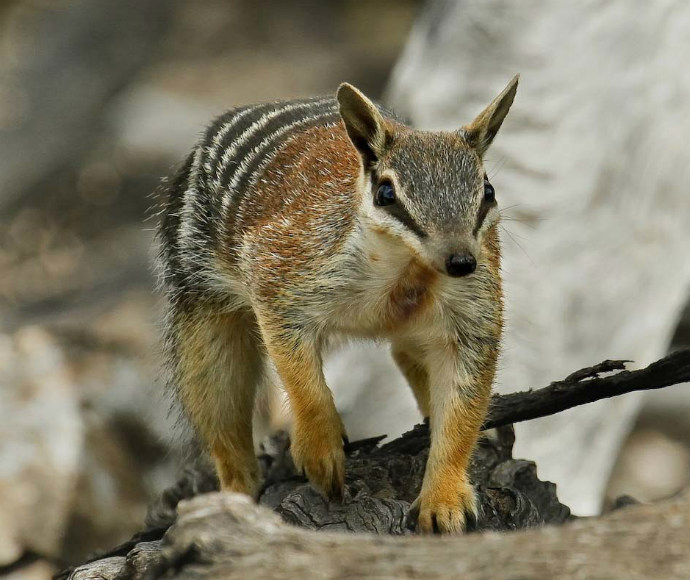A groundbreaking project helping mammals avoid extinction in NSW national parks is delivering great gains, with 150 animals since August released into a feral predator-free area.

On a visit to the Pilliga State Conservation Area site, Environment Minister James Griffin said the NSW Government-funded program removes feral cats and foxes from the landscape, creating safe refuges for endangered mammals.
The Pilliga and Mallee Cliffs National Park locations are just 2 of 7 feral-predator free areas already operational or being established, funded by the NSW Government and managed in partnership by the National Parks and Wildlife Service, Australian Wildlife Conservancy and Wild Deserts, led by UNSW.
'I can't overstate how important this project is for protecting biodiversity - it's one of the most ambitious mammal rewilding programs in Australia,' Mr Griffin said.
'Here at the Pilliga, we've seen the endangered bridled nailtail wallaby population double since it was reintroduced to this now feral-free area in August 2019, from 42 to about 90 at the latest estimate, including many females with joeys in pouches.
'This number is expected to eventually grow to more than 2000.'
In the Mallee Cliffs National Park, 60 vulnerable red-tailed phascogales were recently released back into the wild after an absence of almost 150 years.
This population of tree-dwelling carnivores, which are related to the Tasmanian devil, is expected to grow to more than 1500 animals once established.
The phascogales were joined by 70 brush-tailed bettongs and another 20 numbats, the latter boosting a founding population established at Mallee Cliffs in 2020.
'The phascogale is the eighth mammal listed as extinct in New South Wales that has been returned to NSW national parks in the past 3 years,' Mr Griffin said.
'Within a few years, we hope to remove at least 10 mammals from the NSW extinct list - the first time that will have happened anywhere in the world.
'Many of these and other species already reintroduced to these feral-free areas have not been seen in our national parks for more than a century, largely because of foxes and feral cats. Feral cats kill over 1.5 billion native animals nationally every year.
'With these projects, we're restoring ecosystems to health, giving locally extinct animals a second chance and, in time, offering the community the chance to see the bush at its best.'
Statewide there will soon be 65,000 hectares of feral predator-free areas on national park estate, including these 2 project sites. They're being established as an essential part of the NSW Government's conservation strategy, aiming to prevent extinction.






